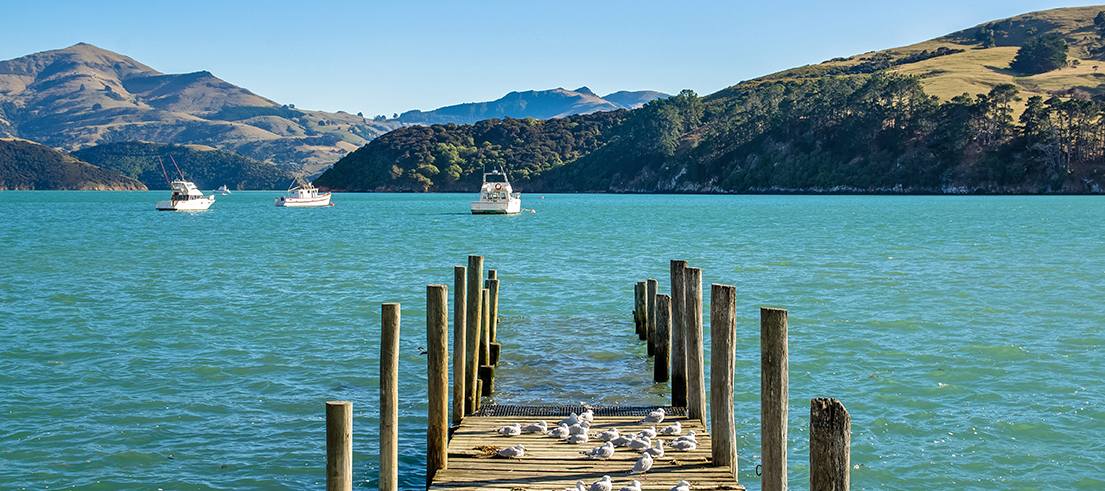
Oil spill response – the how, the who and the why
Thankfully, marine oil spills are becoming increasingly rare in Canterbury. We work proactively with operators to help ensure they do not have oil spills, and that appropriate response equipment is available should a spill occur.
However, when an oil spill does happen, we have powers under the Maritime Transport Act 1994 to intervene.
Determining the appropriate response
We maintain a number of oil spill response equipment sites around the region, at Kaikōura, Lyttelton, Christchurch, Akaroa and Timaru. As well as the equipment, our team of trained responders allow for a swift response to a spill. The equipment and training of responders is funded through the Oil Pollution Fund, managed by Maritime New Zealand and created by a levy on shipping.
On receiving a report of a spill, we must first verify the report and identify a few facts, including:
- What type of oil is it?
- Where is the oil?
- How much oil is there?
- Where is it moving to?
- What sensitive sites are nearby?
Armed with this information, a specific response can be mounted. We have a comprehensive response plan to draw on, which provides guidance on how to respond and allows for local sensitivities and resources to be identified and protected.
An important part of any response is the notification and involvement of key stakeholders.
Every spill response will have differing actions and complexities, but the aim is always to help the environment to recover. As such, actions taken should have an overall net environmental benefit - ie, the response should leave the environment in a better condition than if the oil were left there.
Recent incidents and responses
A recent oil pollution incident occurred near Akaroa Heads. A recreational boat hit a rock and sunk quickly; thankfully, everybody was retrieved safely. However, our incident response team received a call about a possible oil slick in the area.
Using reports from local tour boat operators and the Harbourmaster's Office navigation cameras, we ascertained that the slick was a very thin sheen of diesel, most likely from the sunken boat. The most effective and prompt manner of removing the remaining oil was to salvage the vessel. The vessel's insurer engaged a marine contractor to recover the vessel and contain the oil onboard.
The response included assessments of the local wildlife and sensitive sites, access to the area, and response options that may be utilised. The contractor checked the area; apart from a small bit of flotsam, which was collected, no sign of the boat was found - even using sonar. No more diesel has been spotted since, despite the area being checked multiple times by local operators on our behalf. It is likely that the thin sheen of diesel would have been broken up by the swell and then would have evaporated quickly in the hot weather.
To give an idea of how little diesel it takes to make a bad-looking spill, around 100ml - less than half a cup - of diesel can disperse to create a rainbow sheen (which is about 3-4 microns thick) the size of a tennis court. Oil spill response is about working out the most effective methods of response that causes the least environmental harm.
On a final note, recently another call came into the incident response team regarding a thin rainbow sheen in Akaroa, this time around the wharf in French Bay. Contractors have tested the pipework and tanks associated with the diesel bowser on the wharf, but nothing has been found to be wrong and investigations will continue.
As an aside, it is worth noting that the wharf is currently in the early planning stage of a Christchurch City Council rebuild project and the fuel supply infrastructure is being discussed as part of this.
What you can do to help
If you do discover an oil spill, whether on the sea or land, please contact the incident response team on our 24-hour hotline, 0800 765588, or report it via Snap Send Solve - we are ready and waiting.
